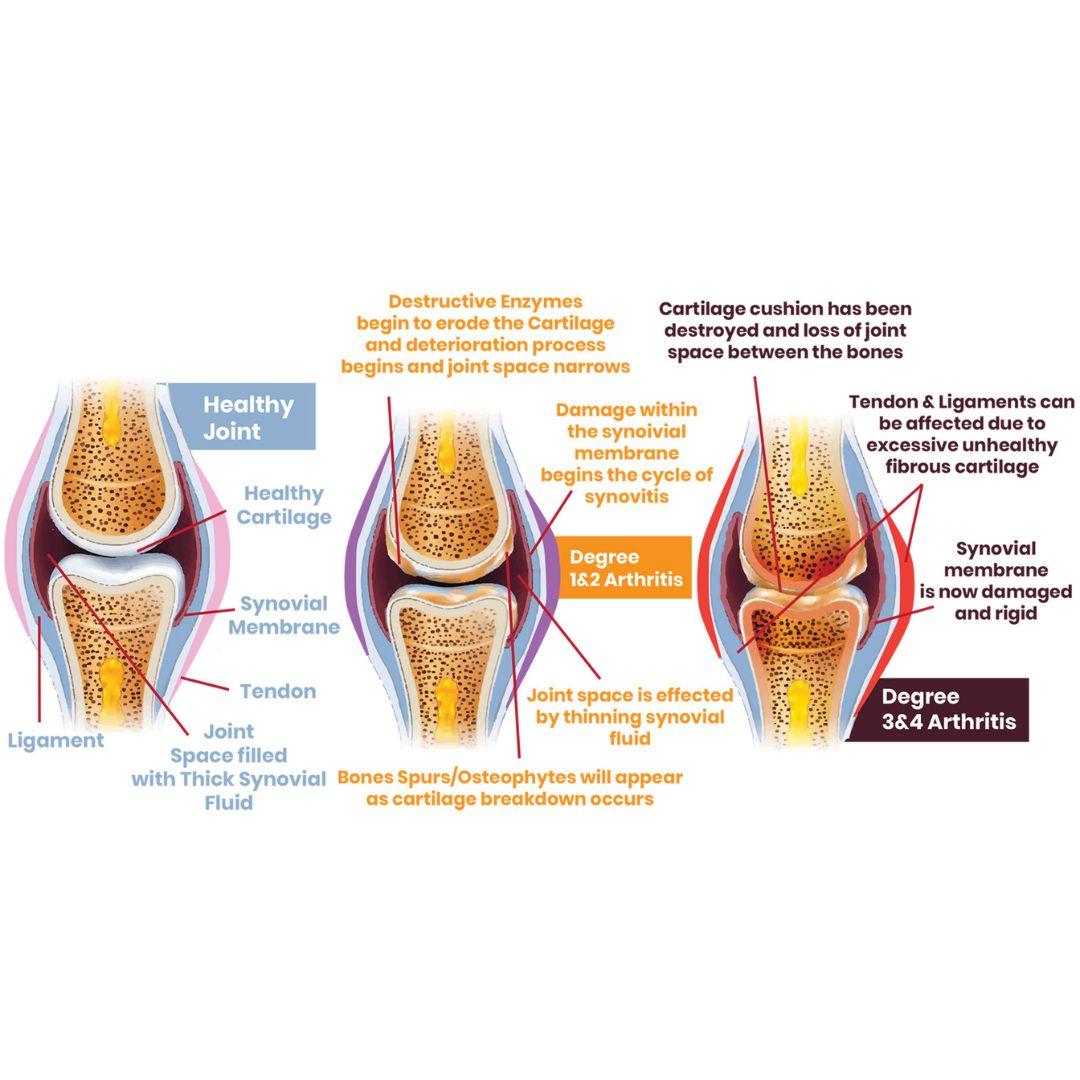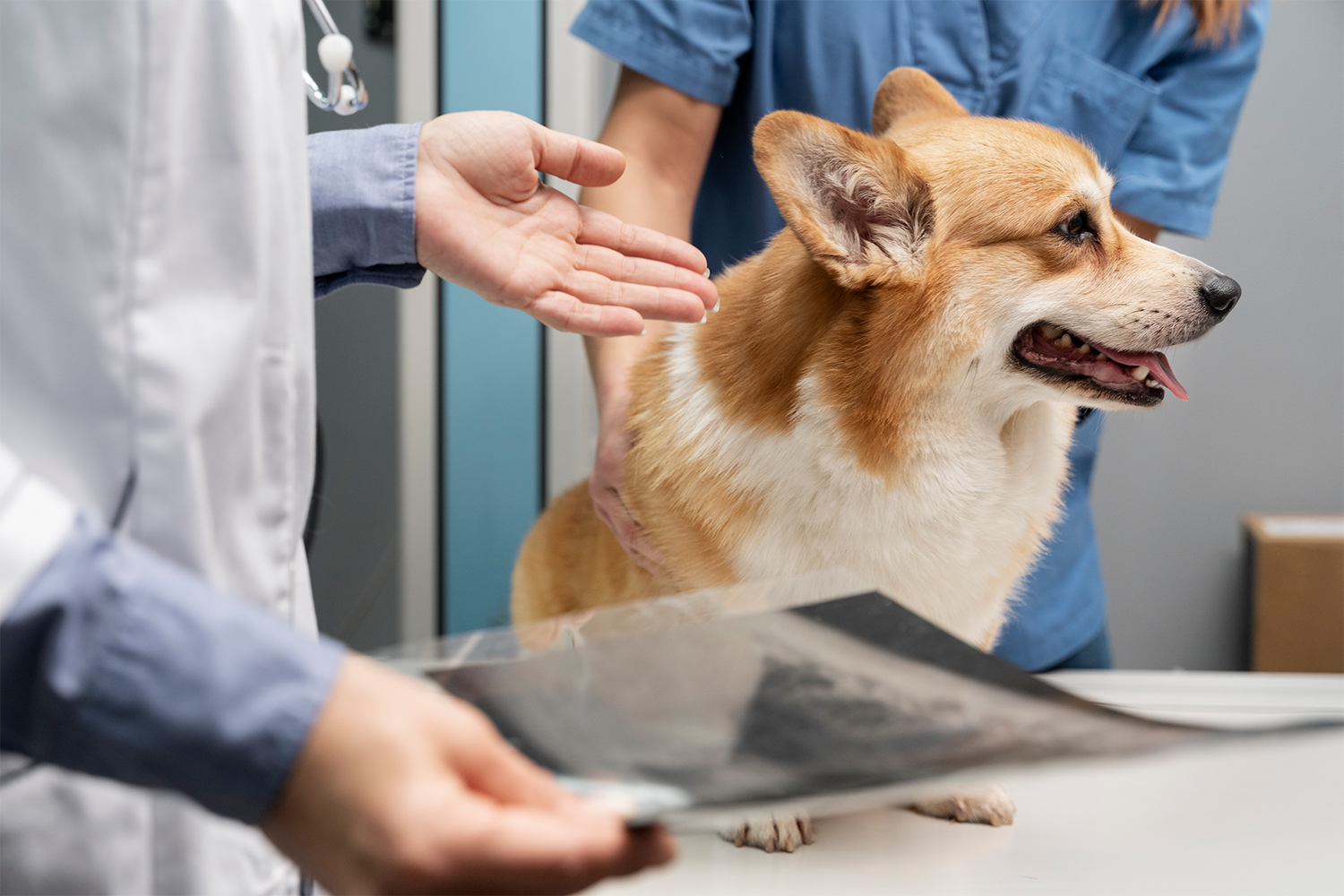Stifle joint injuries in horses are a common yet complex issue that can have a significant impact on a horse's performance and overall well-being. A stifle joint injury in horses—often referred to as the equine knee—requires careful attention. Understanding the causes, symptoms, treatment options, and preventive measures is essential for horse owners, trainers, and veterinarians. In this article, we will delve into the details of stifle joint injuries in horses, providing a thorough guide to help you manage and prevent these issues in your horses.
Understanding the Stifle Joint Anatomy
The stifle joint is a large, compound joint located in the hind limbs of a horse. It consists of the femur, tibia, and patella, along with several ligaments, tendons, and cartilage. When a horse with stifle injury attempts to flex or extend the leg, these structures bear much of the strain. That’s why a well‑chosen stifle horse supplement can sometimes help support joint health in both recovery and prevention.
Key Components of the Stifle Joint
-
Femur: The incision and manipulation of tissues during surgery trigger an inflammatory response.
-
Tibia: The larger of the two bones in the lower leg, connecting to the stifle joint and the hock.
-
Patella: The kneecap, which is a small bone that sits in front of the stifle joint.
-
Ligaments: These include the medial, lateral, and cruciate ligaments, which provide stability to the joint - common sites for stifle joint injuries in horses.
-
Menisci: Two crescent-shaped cartilages that act as shock absorbers within the joint.
Common Causes of Stifle Injuries
Stifle joint injuries in horses can result from a variety of causes, including trauma, overuse, and degenerative conditions. Understanding these causes can help in the prevention and early detection of stifle-related problems.
Trauma
Trauma to the stifle joint can occur due to accidents, falls, or direct blows to the area. Such incidents can lead to ligament tears, fractures, or dislocation of the patella. Horses that are involved in high-intensity activities, such as jumping or racing, are particularly susceptible to traumatic stifle joint injury in horses.
Overuse Injuries
Overuse injuries are common in performance horses that engage in repetitive activities. These injuries often involve strain or tears in the ligaments and tendons surrounding the stifle joint. Overuse can also lead to inflammation of the joint capsule, known as synovitis, which can cause pain and lameness.
Degenerative Conditions- Arthritis in horses or OCD’s in horses
Degenerative conditions such as osteoarthritis can develop over time, particularly in older horses. This condition involves the gradual breakdown of cartilage within the joint, leading to pain, stiffness, and reduced mobility. Osteochondritis dissecans (OCD) is another degenerative condition that affects the stifle joint, often in young horses. It involves the abnormal development of cartilage and bone, which can result in joint instability and lameness.
When a horse with stifle injury is identified early, targeted supplements for stifle problems in horses—often containing collagen and joint-support nutrients—can support the healing process.




Types of Stifle Injuries
Stifle joint injuries in horses can vary in type and severity, each affecting different components of the joint. Understanding the specific type of injury is crucial for proper diagnosis and treatment. Here are some common types of stifle joint injuries in horses:
-
Ligament Injuries
Ligament injuries are among the most common stifle issues in horses. These injuries can range from mild strains to complete tears, particularly affecting the cruciate ligaments and collateral ligaments.
-
Cruciate Ligament Tears: The cranial cruciate ligament (CCL) is crucial for stabilizing the stifle joint. Tears in this ligament can lead to significant lameness and joint instability.
-
Collateral Ligament Injuries: These ligaments run along the sides of the stifle joint, providing lateral stability. Injuries to the collateral ligaments can cause swelling, pain, and difficulty in movement.
-
Meniscal Tears
The menisci are two crescent-shaped cartilage structures within the stifle joint that act as shock absorbers. Meniscal tears often occur due to trauma or degenerative changes and can lead to pain, swelling, and lameness.
-
Medial Meniscus Tears: More commonly injured, the medial meniscus is located on the inside of the stifle joint. Tears here can be particularly painful and may require surgical intervention.
-
Lateral Meniscus Tears: Less common but still significant, tears in the lateral meniscus (located on the outside of the stifle) can also cause discomfort and lameness.
-
Patellar Luxation
Patellar luxation occurs when the patella (kneecap) slips out of it's normal position. This condition can be caused by trauma or congenital defects and can lead to intermittent or persistent lameness.
Upward Fixation of the Patella: This specific form of luxation involves the patella becoming stuck in an extended position, locking the stifle joint and preventing the horse from flexing it's leg.
-
Osteochondritis Dissecans (OCD)
Osteochondritis dissecans (OCD) is a developmental disorder that affects the cartilage and underlying bone in the stifle joint. It often presents in young horses and can lead to the formation of loose cartilage fragments within the joint, causing pain, swelling, and lameness.
-
Fractures
Fractures in the stifle joint, though less common, can occur due to trauma such as falls or direct impact. These fractures can involve the femur, tibia, or patella, and they often require surgical repair to ensure proper healing and restore joint function.
-
Synovitis in Horses
Synovitis is the inflammation of the synovial membrane that lines the stifle joint. This condition is often associated with overuse or injury and can cause swelling, pain, and reduced range of motion in the joint.
-
Cartilage Damage
Cartilage damage within the stifle joint can result from trauma, wear and tear, or degenerative conditions like osteoarthritis. Damaged cartilage can lead to joint pain, stiffness, and decreased mobility, often requiring long-term management strategies.
These types of stifle injuries each present unique challenges for diagnosis and treatment. A thorough understanding of these injuries allows for more accurate identification and effective management, helping to ensure the long-term health and performance of the horse.
Recognizing the Symptoms of Stifle Injuries
Early detection of stifle joint injuries in horses is crucial for effective treatment and recovery. The symptoms of stifle injuries can vary depending on the severity and type of injury, but common signs include:
-
Lameness: Lameness in the hind limb is one of the most obvious signs of a stifle joint injury in horses. It may be intermittent or consistent, and it often worsens with activity.
-
Swelling: Swelling around the stifle joint is a common sign of trauma or inflammation. The swelling may be localized to the joint or spread to the surrounding tissues.
-
Pain: Horses with stifle injuries may show signs of pain when the joint is palpated or when the leg is extended.
-
Decreased Performance: A noticeable decline in performance, such as reluctance to jump, canter, or extend the leg, may indicate a stifle issue.
-
Stiffness: Stiffness in the hind limbs, particularly after rest, can be a sign of a stifle problem, especially in cases of degenerative conditions like osteoarthritis.
Diagnostic Methods for Stifle Injuries
Accurate diagnosis of stifle joint injuries in horses is essential for developing an effective treatment plan. Veterinarians typically use a combination of clinical examinations and diagnostic imaging to assess the extent of the injury.
Clinical Examination
A thorough clinical examination involves observing the horse's gait, palpating the stifle joint, and performing flexion tests. The veterinarian may also assess the range of motion in the joint and look for signs of pain or swelling.
Diagnostic Imaging
-
X-rays: Imaging to locate fractures or soft‑tissue involvement in stifle joint injury in horses.
-
Ultrasound: Ultrasound imaging can help visualize soft tissues, such as ligaments and tendons, allowing for the detection of tears or inflammation.
Treatment Options for Stifle Injuries
The treatment of stifle injuries depends on the type and severity of the injury. Treatment options range from conservative management to surgical intervention.
Conservative Management
-
Rest and Rehabilitation: Rest is often the first step in treating stifle injuries. Controlled exercise and physical therapy may be recommended to aid in recovery.
-
Supplementation: Including a high-quality horse joint supplement like OptiWize into your horse's daily rehab program can accelerate healing. OptiWize promotes the regeneration of healthy cartilage and aids in the repair of damaged cartilage. It also supports the healing of tendons and ligaments, while effectively decreasing inflammation in the stifle joint. Collagen plays a crucial role in the repair of tendons, ligaments, and cartilage by providing the essential building blocks for tissue regeneration. By incorporating OptiWize into your horse's recovery regimen, you provide comprehensive joint support, optimizing both short-term recovery and long-term joint health.
-
Medications: Anti-inflammatory drugs, such as NSAIDs, can help reduce pain and inflammation. Joint supplements containing glucosamine, chondroitin, and hyaluronic acid may also be beneficial.
-
Injections: Corticosteroid injections into the stifle joint can provide relief from pain and inflammation. In some cases, regenerative therapies, such as platelet-rich plasma (PRP) or stem cell therapy, may be used to promote healing.
Surgical Intervention
In more severe cases, surgery may be necessary to repair damaged structures within the stifle joint. Common surgical procedures include:
-
Arthroscopy: A minimally invasive procedure that involves the use of a small camera and instruments to repair or remove damaged tissues within the joint.
-
Ligament Reconstruction: Surgery to repair or reconstruct torn ligaments, such as the cruciate ligaments.
-
Osteochondral Grafting: A procedure used to treat osteochondritis dissecans by grafting healthy cartilage and bone into the affected area.
-
Post-op: Incorporating OptiWize into your horse’s post-operative rehab program can greatly enhance the recovery process after surgery. OptiWize supports the regeneration of healthy cartilage and aids in the repair of damaged tissues, which is vital following surgical procedures. OptiWize can help reduce inflammation that may have resulted from the surgery.
Preventing Stifle Injuries in Horses
Preventing stifle injuries requires a combination of proper training, conditioning, and management practices. Here are some strategies to help reduce the risk of stifle injuries in your horses:
-
Proper Conditioning
Gradual conditioning is essential for building strength and flexibility in the stifle joint. Avoid sudden increases in workload, and ensure that your horse has a balanced exercise routine that includes both strength training and endurance work.
-
Preventative Maintenance
Keeping your horse on OptiWize for preventative maintenance can be a key strategy in reducing the risk of joint injuries and enhancing overall joint health. Regular use of OptiWize helps combat inflammation, which is often a precursor to more serious joint issues. By naturally managing inflammation, you can decrease the need for frequent joint injections, which are commonly used to address pain and swelling. Additionally, OptiWize provides vital support to your horse's tendons and ligaments, promoting their strength and flexibility to help prevent strains and tears. The supplement also encourages the production and maintenance of healthy cartilage in the joints, which is essential for long-term mobility and comfort, especially in performance horses. Incorporating OptiWize into your horse’s routine can be a proactive way to maintain joint health and improve overall longevity in their athletic career.
-
Regular Veterinary Check-Ups
Regular veterinary check-ups can help identify early signs of stifle issues before they become severe. Early intervention can prevent minor issues from developing into major injuries.
-
Avoiding Overuse
Avoid overworking your horse, especially in repetitive activities that strain the stifle joint. Incorporate rest days into your horse's training schedule and monitor for signs of fatigue or discomfort.
Consistent use of a preventive horse stifle supplement may help maintain joint integrity in performance horses.
Conclusion
Stifle joint injury in horses demands a comprehensive approach that blends accurate diagnosis, appropriate rest or surgery, and supportive nutrition. By combining veterinary care with high-quality supplements for stifle problems in horses, you can support healing and reduce the risk of future stifle joint injuries in horses. Early intervention helps your horse return to peak performance and long-term soundness.



